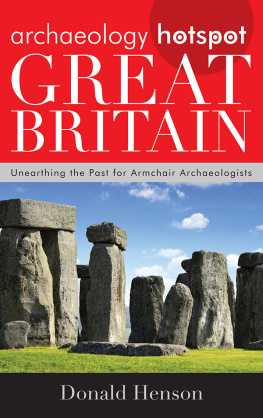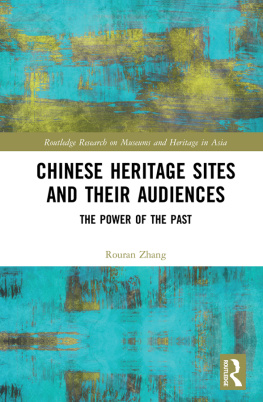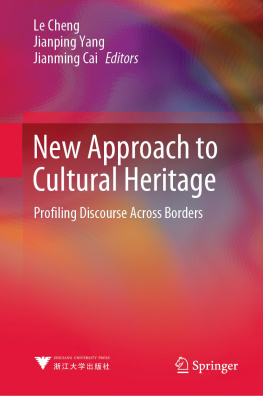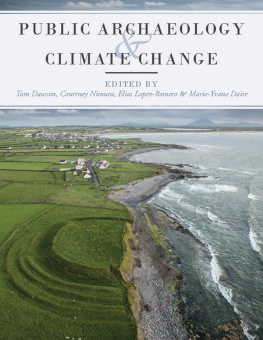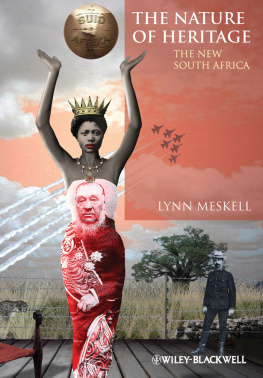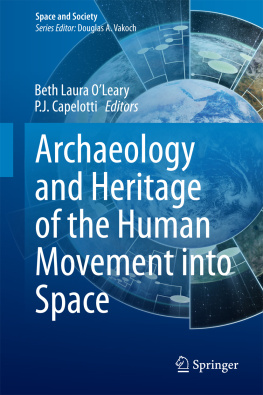
p.i
Post-Conflict Archaeology and Cultural Heritage
The human cost in any conflict is of course the first care in terms of the reduction, if not the elimination of damage. However, the destruction of archaeology and heritage as a consequence of civil and international wars is also of major concern, and the irreversible loss of monuments and sites through conflict has been increasingly discussed and documented in recent years.
Post-Conflict Archaeology and Cultural Heritage draws together a series of papers from archaeological and heritage professionals seeking positive, pragmatic and practical ways to deal with conflict-damaged sites. For instance, by showing that conflict-damaged cultural heritage and archaeological sites are a valuable resource rather than an inevitable casualty of war, the authors suggest that archaeologists use their skills and knowledge to apply good practice, protocols and procedures to bring communities together and giving them ownership of, and identification with, their cultural heritage.
The book is a mixture of the discussion of problems, suggested planning solutions and case studies for both archaeologists and heritage managers. It will be of interest to heritage professionals, archaeologists and anyone working with post-conflict communities, as well as anthropology, archaeology, and heritage academics and their students at a range of levels.
Paul Newson is Associate Professor in Archaeology at the American University of Beirut, Lebanon. He is interested in landscape archaeology and the rural environments of the Graeco-Roman world, particularly the Eastern Mediterranean. He has directed fieldwork in Syria, Libya and Lebanon.
Ruth Young is Reader in Archaeology at the University of Leicester, UK. She is interested in the historical archaeology of the Middle East and South Asia and has directed excavations and fieldwork in Iran, Lebanon, Oman, Pakistan and Sri Lanka. Her recent publications include The Archaeology of South Asia (2015).
p.iii
Post-Conflict Archaeology
and Cultural Heritage
Rebuilding Knowledge, Memory and
Community from War-Damaged
Material Culture
Edited by Paul Newson and
Ruth Young
p.iv
First published 2018
by Routledge
711 Third Avenue, New York, NY 10017
and by Routledge
2 Park Square, Milton Park, Abingdon, Oxon, OX14 4RN
Routledge is an imprint of the Taylor & Francis Group, an informa business
2018 Taylor & Francis
The right of Paul Newson and Ruth Young to be identified as the authors of the editorial material, and of the authors for their individual chapters, has been asserted in accordance with sections 77 and 78 of the Copyright, Designs and Patents Act 1988.
All rights reserved. No part of this book may be reprinted or reproduced or utilised in any form or by any electronic, mechanical, or other means, now known or hereafter invented, including photocopying and recording, or in any information storage or retrieval system, without permission in writing from the publishers.
Trademark notice : Product or corporate names may be trademarks or registered trademarks, and are used only for identification and explanation without intent to infringe.
Library of Congress Cataloging-in-Publication Data
A catalog record for this title has been requested
ISBN: 978-1-138-20292-4 (hbk)
ISBN: 978-1-138-29656-5 (pbk)
ISBN: 978-1-315-47273-7 (ebk)
Typeset in Bembo Std
by Swales & Willis Ltd, Exeter, Devon, UK
p.viii
Amr al-Azm (Shawnee State University)
Nada Al Hassan (UNESCO)
Robert Bewley (University of Oxford)
Colin Breen (Ulster University)
Hans H. Curvers (Archaeological Heritage Management, Netherlands)
Pedro Paulo Funari (IFCH, Unicamp, Brazil)
John Giblin (British Museum)
Heng Piphal (University of Hawaii-Manoa)
Alvaro Higueras (Simon Fraser University)
Audrey Horning (College of William and Mary, Queens University Belfast)
Jaisson Teixeira Lino (IFCH, Unicamp, Brazil)
Christopher L. McDaid (US Military)
Paul Newson (American University of Beirut)
Luca M. Olivieri (Italian Archaeological Mission in Pakistan)
Laurie W. Rush (US Military)
Kathryn E. Sampeck (Illinois State University)
Miriam T. Stark (University of Hawaii-Manoa)
James Symonds (University of Amsterdam)
Ruth Young (University of Leicester)
p.1
p.3
Paul Newson and Ruth Young
Introduction
Conflict is an inescapable aspect of human life, and has had a huge impact on a significant proportion of the worlds population in the recent past and present. Conflict is arguably an integral part of human interaction, and archaeological studies have provided evidence for conflict from at least the Palaeolithic onwards (Thorpe 2003). Conflicts have occurred throughout prehistory and history, and conflict is an unavoidable evil in many parts of the world today, often impacting on all aspects of human life and culture (Bevan 2006; Boylan 2002; Stone 2013; Wimmer 2014). The human cost in any conflict is high and obviously protecting people has to be the first priority during times of war. However, damage to heritage can be a deliberate tactic during conflict, and this can have major psychological consequences. This volume aims to explore several linked themes around heritage and archaeological sites damaged as a result of conflict.
Archaeologists, politicians, and many others recognize that damage to heritage is irreversible and has very serious, lasting consequences. Research by Boylan (2002, 44) notes the longevity of the practice of destroying, defacing, or converting significant religious and national buildings and monuments in times of conflict, and work by Harmanah (2015) explores the explicit use of purported heritage damage by ISIS (Daesh) to enrage the international community and garner publicity. The impact of war on archaeological and heritage sites is rightly an area of great significance and concern to archaeologists and other heritage professionals, and is increasingly an area of research and debate, both within and outside academic circles, including the military of several countries. Steps taken by the US Military to educate and inform troops active in areas of conflict about archaeology and heritage form the basis for of this volume.
Heritage, in its broadest sense a recognition of the past in the present, is a key element in allowing and supporting individuals and groups to have, create, and develop a secure sense of belonging and place, as well as playing a major role in individual and group identity creation and re-creation (Cresswell 2015; Harrison 2013, 155; Smith 2010, 11). Being aware of heritage and being involved in heritage creation, interpretation, and presentation is important for building and maintaining engaged, stable communities: heritage is such a powerful concept and tool that it can play a vital role in post-conflict community re-building and re-engagement. While preventing conflict in the first place would be (arguably) the best approach, the reality is that conflicts continue to occur, and there is little sign that international peace and stability will prevail in the foreseeable future. If conflict is not preventable, then protecting all heritage in times of conflict in order to prevent any damage, whether deliberate or collateral (Cunliffe 2012), would be highly desirable. While major progress has been made around the listing and protection of key sites during conflict (e.g. Stone 2013), it is impossible for any country to fully protect its entire heritage during conflict. We believe that if conflict is inevitable and unstoppable, then it is critical to begin to explore ways of using archaeology and heritage in post-conflict situations as a means of helping communities to re-build themselves and overcome divisions and disengagement. At the same time, we also believe that as conflict-damaged sites are very much a reality, archaeological and heritage professionals need to consider how to obtain maximum knowledge from damaged sites, both for academic research and preservation purposes, and not simply disregard even very badly damaged sites as beyond usefulness.


